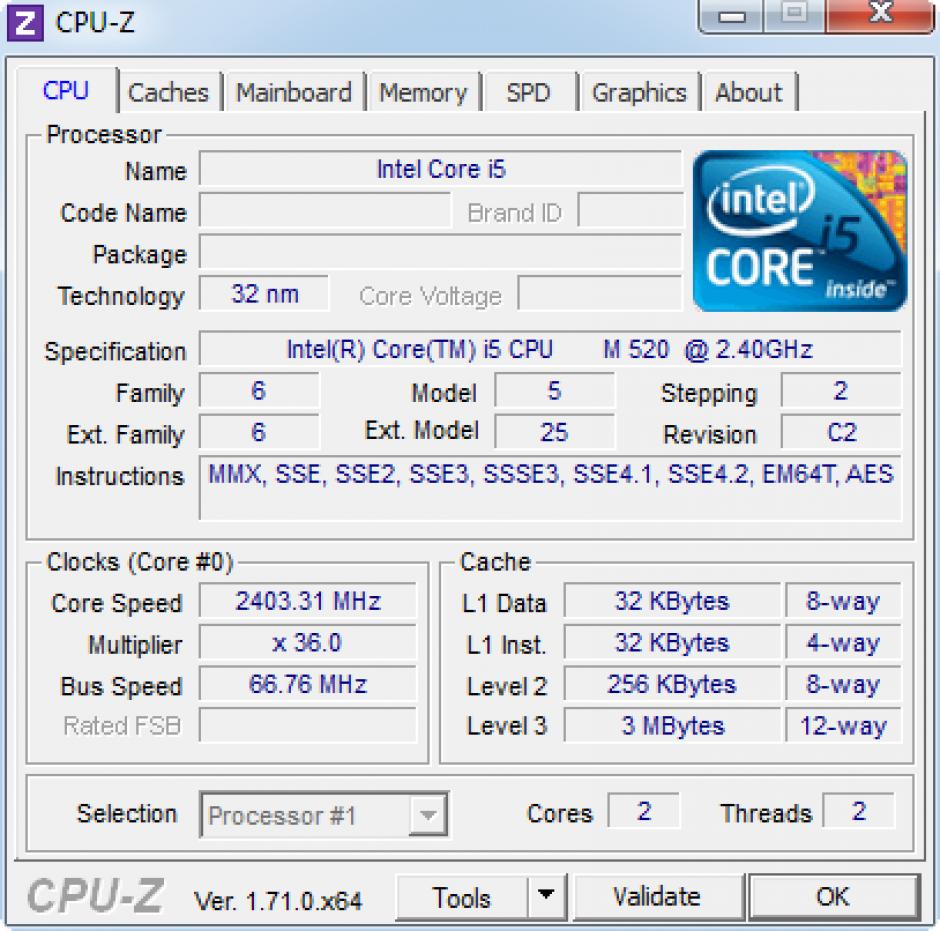

No surprises here, the Crosshair V came in a standard ROG themed box. ASUS Q-LED (CPU, DRAM, VGA, Boot Device LED)Ĩ x USB 2.0 (white port can be switched to ROG Connect)ġ x USB 3.0 connector(s) support(s) additional 2 USB 3.0 port(s)Ģ x USB 2.0 connector(s) support(s) additional 4 USB 2.0 port(s)ġ x Front panel audio connector(s) (AAFP)ġ x EZ Plug connector(s) (4-pin Molex power connector)ģ2Mb Flash ROM, UEFI BIOS, PnP, DMI2.0, WfM2.0, SM BIOS 2.5, ACPI2.0a, Multi-Language BIOS COP EX (Component Overheat Protection - EX)

Optical S/PDIF out port(s) at back panelĦ x USB 3.0 port(s) (4 at back panel, blue, 2 at mid-board)ġ2 x USB 2.0 port(s) (8 at back panel, black+white, 4 at mid-board) Supports : Jack-detection, Multi-streaming, Front Panel Jack-retasking SupremeFX X-Fi 2 built-in 8-Channel High Definition Audio CODEC Supports AMD 3-Way CrossFireX™ Technologyģ x PCIe 2.0 x16 (dual x16 or x16, x8, x8) Today I’m going to dig into it and see what makes it Asus’s flagship AMD board.ĪMD AM3+ FX™/Phenom™ II/Athlon™ II/Sempron™ 100 Series ProcessorsĤ x DIMM, Max. Well when looking to lock in a board for future AM3+ testing I ended up with the Asus Crosshair V Formula in my hands. As I have seen in the past on our forums, our Facebook, and even at our events there is still a large AMD following that is hungry for the latest and greatest to support their preferred vender as well. Due to Intel releasing new chipsets often a lot of people might think that the motherboard market has a big focus on Intel boards.


 0 kommentar(er)
0 kommentar(er)
